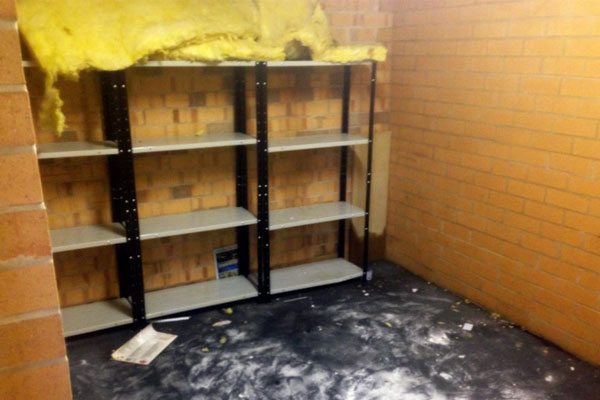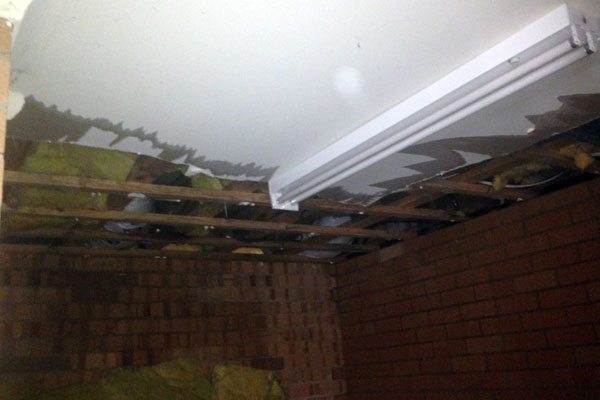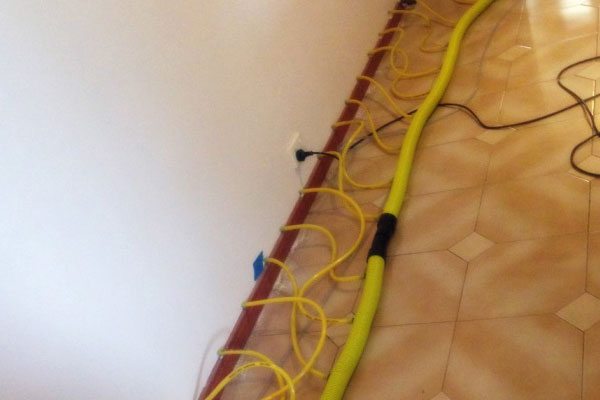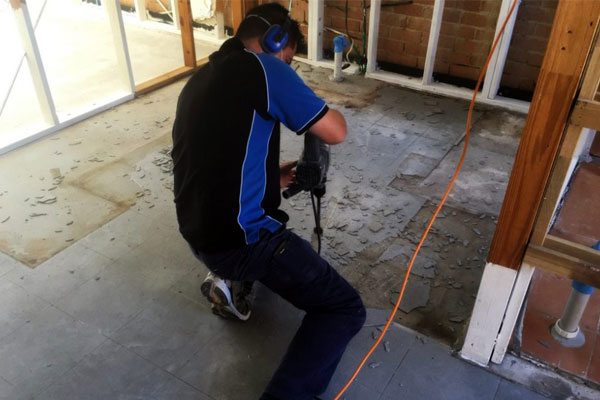
Capital Restorations provide Canberra Water Damage Restoration services including structural drying as well as the drying of carpet and other contents. If you have had a water loss then give us a call.
Step 1. Perform an assessment of a water damage
1. Has the leak been stopped? The water source must be stopped before the drying process can begin.
2. Category of water loss. Reference IICRC S500
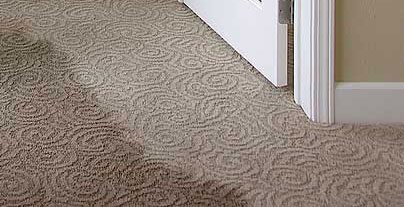
Leave your details below and we will get back to you to arrange an inspection.
Category 1 Water
That which is clean at the releasing source and does not pose a hazard if consumed by humans. Category 1 water may become progressively contaminated as it mixes with soils on or within floor coverings or building assemblies (walls, decking, subflooring). Time and temperature, which promote the growth and amplification of microorganisms in water can cause Category 1 water to degrade. Examples: burst water pipes, failed supply lines on appliances, vertically falling rainwater.
The restoration standard calls for the drying of affected contents including carpet and underlay and then cleaning them.
Category 2 Water
That which begins with some degree of contamination and could cause sickness or discomfort if consumed by humans. As with Category 1 water, time and temperature can cause Category 2 water to become progressively more contaminated.
The restoration standard calls for the drying of affected contents including carpet, replacing the underlay and then cleaning the carpet.
Category 3 Water
That which is highly contaminated and could cause death or serious illness if consumed by humans. Examples: sewage, rising flood water from rivers and streams, ground surface water flowing horizontally into homes. There are two ways in which water enters a building as a result of wind storm damage:
The first involves falling or windblown rainwater that enters as a result of damage to roof components or wall assemblies. The second involves horizontally traveling ground surface water (Category 3) containing silt and soil contaminants that infiltrate into structures, generally through doors or around foundation walls. This ground surface water (storm surge) may accumulate to a depth of several inches or several feet. When structures are partially submerged or remain substantially flooded for weeks, far more elaborate procedures usually are required.
The restoration standard calls for the disposal of affected contents including carpet and underlay.
Capital Restorations adopt the IICRC Water Damage Restoration guidelines as outlined in the S500 https://www.iicrc.org/standards/iicrc-s500/
